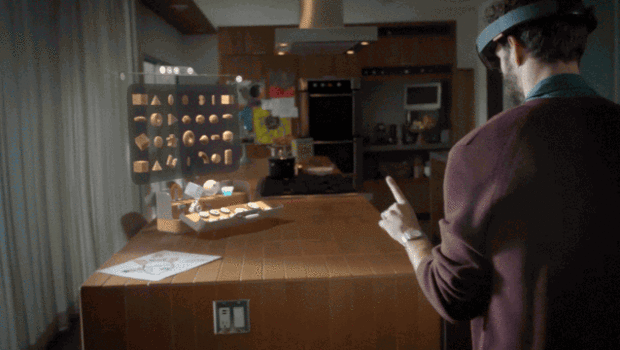Lapka started with the ambitious idea to build the most beautiful science ever. We first set out to explore body network and personal environment, utilizing numerous, sensitive environmental factors such as radiation and carbon monoxide. We built tools for self-care and mind harmony, but never saw them as medicinal devices.
Technology is powered by style, taste, and story. Not by technology alone. Whether it was a radiation sensor, EMF sensor or even a breathalyzer, each product was imagined as a token, charm or talisman, not a device.
At Lapka, we were unconcerned with investing in a particular device, service, category or direction. Instead, we focused on creating an adaptable lifestyle brand where people can engage comfortably and enthusiastically. People only resort to a glucose monitor company when they need to. We imagined a teenage girl needing a glucose monitor, but afraid to use one because of its experience. We thought, what if we could redesign the whole experience — how you get the monitor, how you found out about it, how its story is told. We realized it should be about anything but glucose and medicine. That’s the vision that was set and executed for all our products.
Lapka was a lifestyle brand. We never intended to build “medical devices”. Instead, think of Lapka as a magazine, a coffee shop, a funny Twitter account, a movie. So if all you have is $2.95 for an iced coffee, you can still engage with Lapka.


